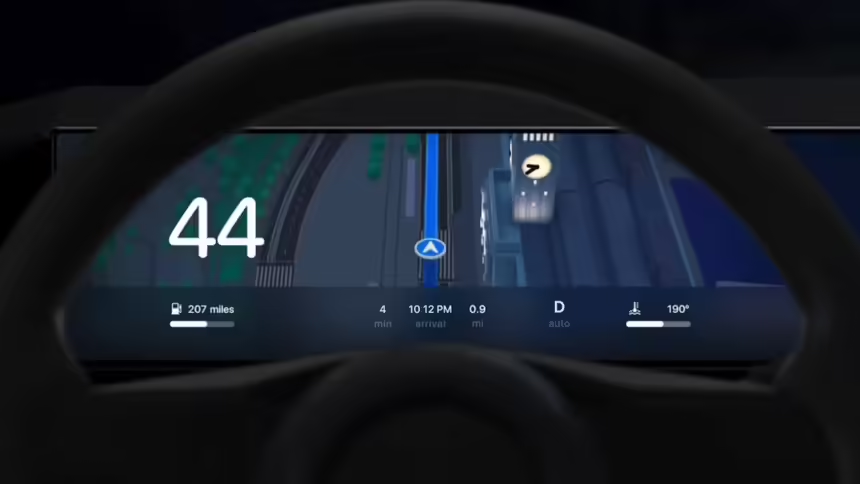Volvo is bringing a fresh wave of technological updates to its older vehicles by deploying its latest infotainment system to models dating back to 2020. This is a shift from the typical practice where most cars retain the same infotainment system they were built with, offering little more than modest updates over time. Now, Volvo is venturing into new territory by making the latest features accessible to a wider range of its customers.
What’s Happening & Why This Matters
Volvo plans to release its new infotainment system, currently featured in its latest EX30, EX90, and the updated XC90 models, to a range of older vehicles. This system enhances usability by providing more shortcut buttons that reduce the number of taps needed to navigate through different functions, making it more user-friendly. Users have noted that newer Volvo models tend to rely heavily on touchscreens. However, in older models that have physical controls, the integration of this new system could strike a balance between modern software and traditional hardware.

The update will roll out over the next year and will be delivered over-the-air (OTA). Volvo has announced that all vehicles from 2020 onwards, equipped with an Android-based operating system, will be eligible for this upgrade. The eligible models include the C40, XC40, EX40, EC40, S60, V60, V60 Cross Country, XC60, S90, V90, V90 Cross Country, and XC90. While Volvo hasn’t specified if there will be a cost associated with this upgrade, it seems likely that it will be free for car owners, similar to a smartphone operating system update.
The real question, however, is how well this new system will perform on older hardware. Ideally, it should function smoothly, but there is always the chance it might run slower on older vehicles. This hinges on how well Volvo’s software team has optimized the new infotainment for the hardware of older cars.
TF Summary: What’s Next
Volvo’s decision to offer the latest infotainment system to older models is a newer practice among automakers, extending technological upgrades more accessible to a wider range of customers. If this initiative proves successful, it could prompt other automakers to follow suit, enhancing the overall customer experience and value of their vehicles. Volvo’s commitment to enhancing its cars’ digital experience, even post-purchase, suggests a future where over-the-air updates become a norm, continually improving the functionality and appeal of vehicles already on the road.

— Text-to-Speech (TTS) provided by gspeech


